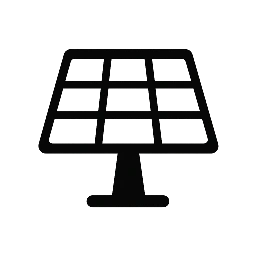The Future of Sustainable Technology: A World in Transition
On a crisp morning in Copenhagen, commuters glide past on silent electric bikes, solar-paneled rooftops shimmer in the early sun, and buildings share energy across a digital grid like neighbors passing cups of sugar. This isn’t a science fiction set—it’s a glimpse of how sustainable technology is reshaping daily life. Across the globe, innovation is moving from boardrooms and laboratories into the streets, kitchens, and cities we call home.
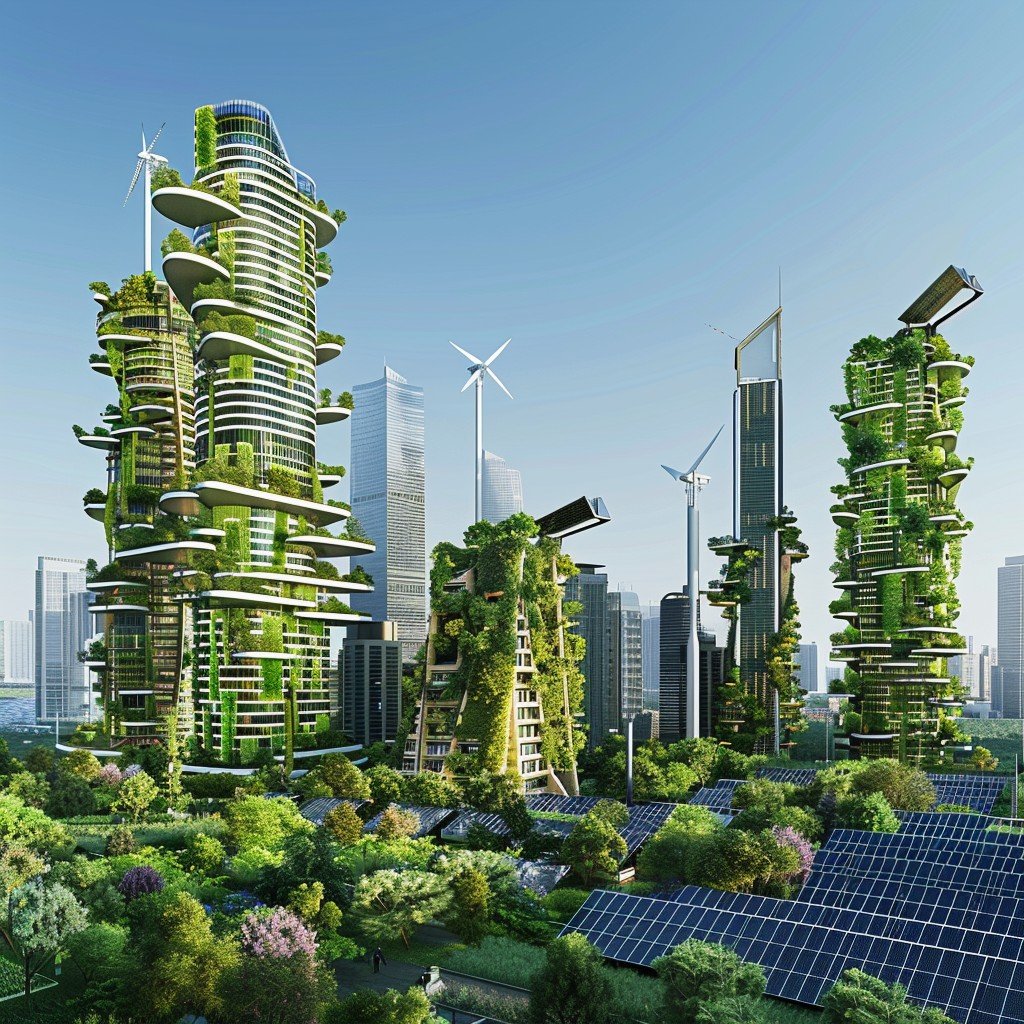
Energy Beyond Fossil Fuels
In Morocco’s desert, the Noor solar complex stretches like a golden sea across the horizon, supplying millions of homes with clean power. Thousands of kilometers away, farmers in rural India install small solar microgrids, freeing their villages from unreliable diesel generators. This dual story—grand-scale mega projects and grassroots solar adoption—highlights where energy is heading: decentralized, affordable, and renewable. Future advances like ultra-thin perovskite solar cells could make it possible for every surface, from windows to backpacks, to generate electricity. Imagine charging your phone just by walking in the sun.
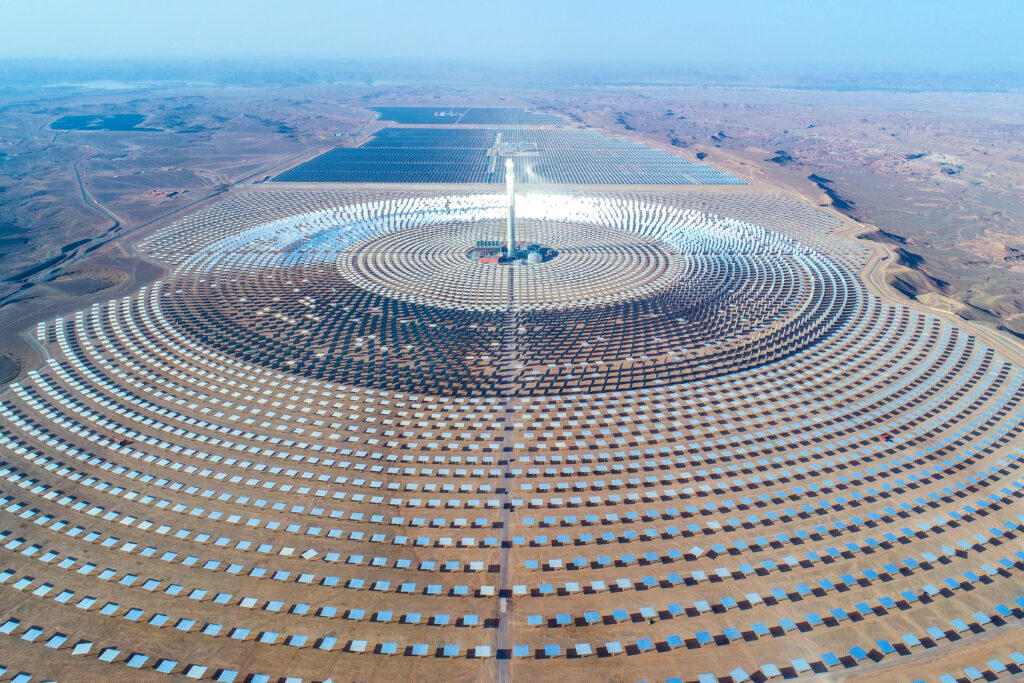
A New Life for Materials
Not long ago, “plastic” and “sustainable” rarely belonged in the same sentence. Today, researchers in the Netherlands are crafting bioplastics from seaweed, while startups in Japan experiment with lab-grown leather that doesn’t harm animals or forests. These breakthroughs feed into the vision of a circular economy—one where materials aren’t discarded but reborn. For example, Adidas has already launched fully recyclable sneakers, designed to be returned and remade rather than thrown away. Tomorrow’s economy will look less like a landfill and more like a living ecosystem.

Cities of the Future
Singapore is already proving what green cities can look like. Skyscrapers there aren’t just concrete towers—they’re covered in vertical gardens that cool the air naturally and provide oxygen in a dense urban environment. Meanwhile, in Sweden, entire neighborhoods are built from timber instead of steel, locking away carbon rather than emitting it. By 2050, cities may function as self-sustaining organisms: generating power from their buildings, growing food in vertical farms, and even absorbing more carbon than they emit.
The AI Connection
Artificial intelligence often feels like a distant, invisible force, but its impact on sustainability is already visible. In California, AI-driven software helps manage wind and solar inputs on the grid, predicting weather changes with incredible accuracy. In Kenya, precision agriculture systems use drones and AI to map farmland, telling farmers exactly where to water or fertilize—saving resources while boosting yields. Yet, there’s a challenge: AI itself consumes energy. The next frontier will be “green AI,” where algorithms run on renewable-powered data centers.
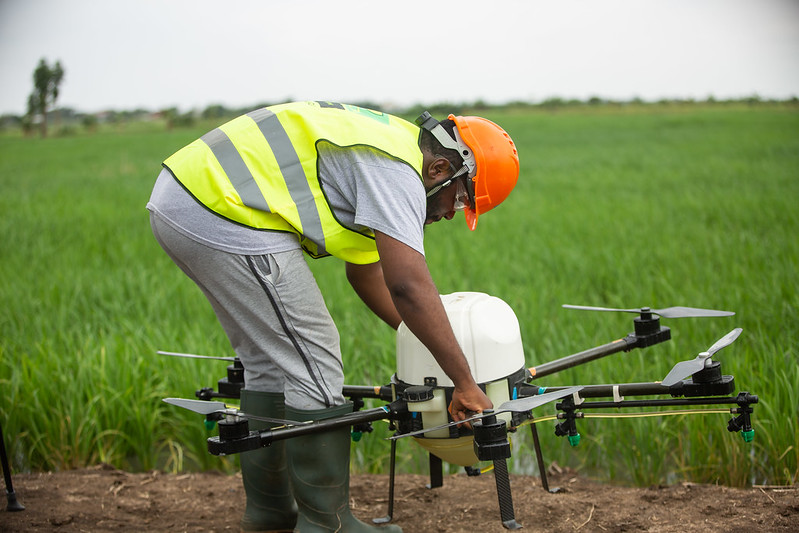
A Human-Centered Future
Technology alone cannot secure a sustainable future—it must be paired with inclusivity. In Lagos, solar-powered kiosks provide affordable charging stations where grid electricity is unreliable. In Brazil, community-run micro-hydro plants empower remote villages to produce their own clean power. These stories remind us that sustainable technology is not just about gadgets—it’s about people, access, and fairness.
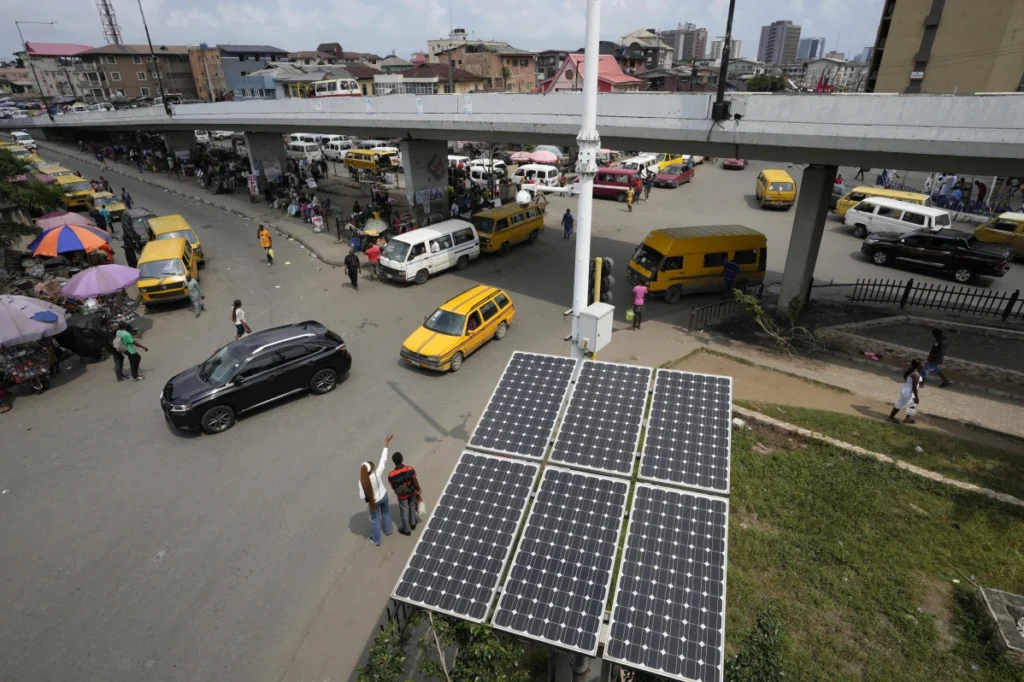
The Road Ahead
The future of sustainable technology is not distant—it’s unfolding now, in deserts, villages, megacities, and labs worldwide. The defining question isn’t whether innovation will arrive—it’s whether we’ll use it wisely. The next wave of progress will not measure success by the power of machines alone, but by how harmoniously humans and nature can thrive together.As Danish architect Bjarke Ingels once said, “Sustainability can’t be a sacrifice we endure—it must be a design that we desire.”
